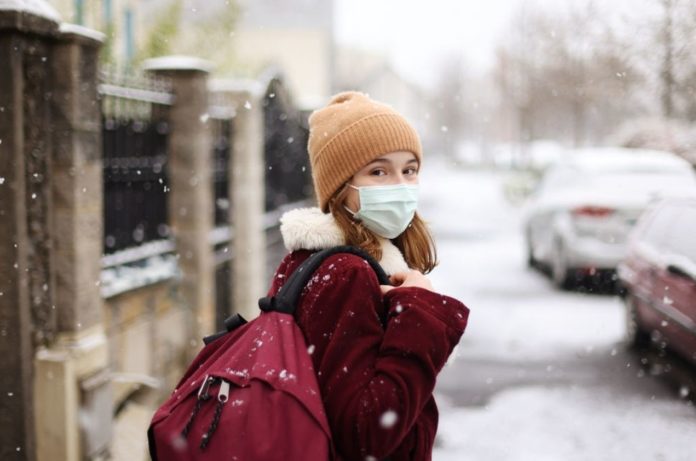The COVID-19 pandemic was marked by the use of face masks. When high-quality masks and personal protective equipment (PPE) were scarce in many regions in early 2020, health care professionals and others manufactured poorly-fitting face covers out of whatever they could find: scarves, t-shirts, or layered cloth.
As we reach the third year of the pandemic, high-quality masks such as N95, KN95, FFP2 and FFP3 masks have been proved to provide significantly more protection than fabric or cloth masks and are widely available.
The fit of a mask, on the other hand, is more crucial than the material it is made of.
“In order to provide the advertised protection, a mask needs to fit tightly to the face – there should be no visible gaps around the edge of the mask,” says Eugenia O’Kelly, the paper’s first author.
KN95 and surgical masks are available in a variety of sizes in most hospitals and other healthcare environments, and workers do ‘fit-check’ routines before starting work to ensure their mask is properly fitted. However, because only a few sizes are available in some circumstances, people have developed different ‘hacks’ to improve fit.
“We’ve seen lots of anecdotal evidence of people hacking their masks to better fit the shape of their face, but we wanted to validate whether any of these hacks actually work, as very little research has been done in this area,” adds the author.
To assess their effectiveness, O’Kelly and her colleagues conducted qualitative and quantitative fit testing on four subjects, with and without ‘hacks.’ In most qualitative tests, a flavored substance is sprayed over the mask and the wearer is asked if they can taste it while wearing it. Quantitative testing is more accurate since it detects particle concentrations both inside and outside the mask.
The researchers tried seven popular hacks, including closing the edges with fabric tape, stuffing the holes with first aid gauze, binding the mask to the face with gauze like a mummy, pushing the mask to the face with tights, knotting the ear loops, and using rubber bands to create a ‘brace.’
Tights and cloth tape were the most successful in improving fit for the KN95 masks, albeit there were substantial differences amongst participants. The tights helped to create a snug fit, but they were quite painful for the individuals. While the tape did not create any difficulty while the mask was on, it did cause discomfort when it was removed. The other tweaks largely helped with the fit, although not significantly.
The tights and tape improved fit the most for surgical masks, while the other hacks only provided minor to moderate benefits.
“For most of the hacks, comfort was a big issue,” says O’Kelly. “The rubber bands for example, tended to put painful pressure on the ears and face, to the point where they hindered circulation to the ears. However, using an effective but uncomfortable hack may make good sense in some high-risk situations, where the discomfort is worth it for the added protection, but it would be harder to wear these hacks day in and day out.”
Fit is also heavily influenced by the structure of the wearer’s face, such as whether they have relatively high or low-fat deposits under their cheeks, according to the study.
While the current study’s findings are primarily intended for healthcare workers, the researchers note that fit-checks are a good activity for anybody to perform because an increasing number of civilians are wearing high-filtration masks.
In the absence of testing equipment, wearers should examine their mask in the mirror, both still and moving, to see if any visible gaps exist. If at all possible, users should try a variety of high-filtration masks to discover the one that best meets their needs.
“If you take a breath in, you’ll want to see the material move a little bit, which indicates a pretty good fit,” adds O’Kelly. “If you’re worried about getting the best fit possible, you may want to try first aid tape around your chin and cheeks.”
Source: 10.1371/journal.pone.0262830
Image Credit: Getty
You were reading: KN95 and Surgical masks: how to check you have the best protection, study reveals
